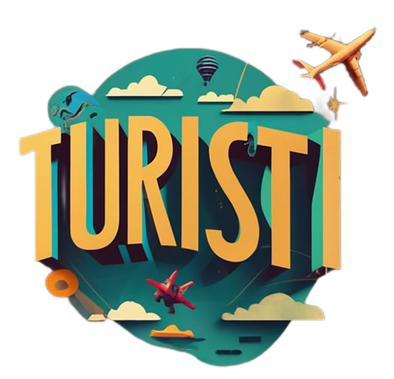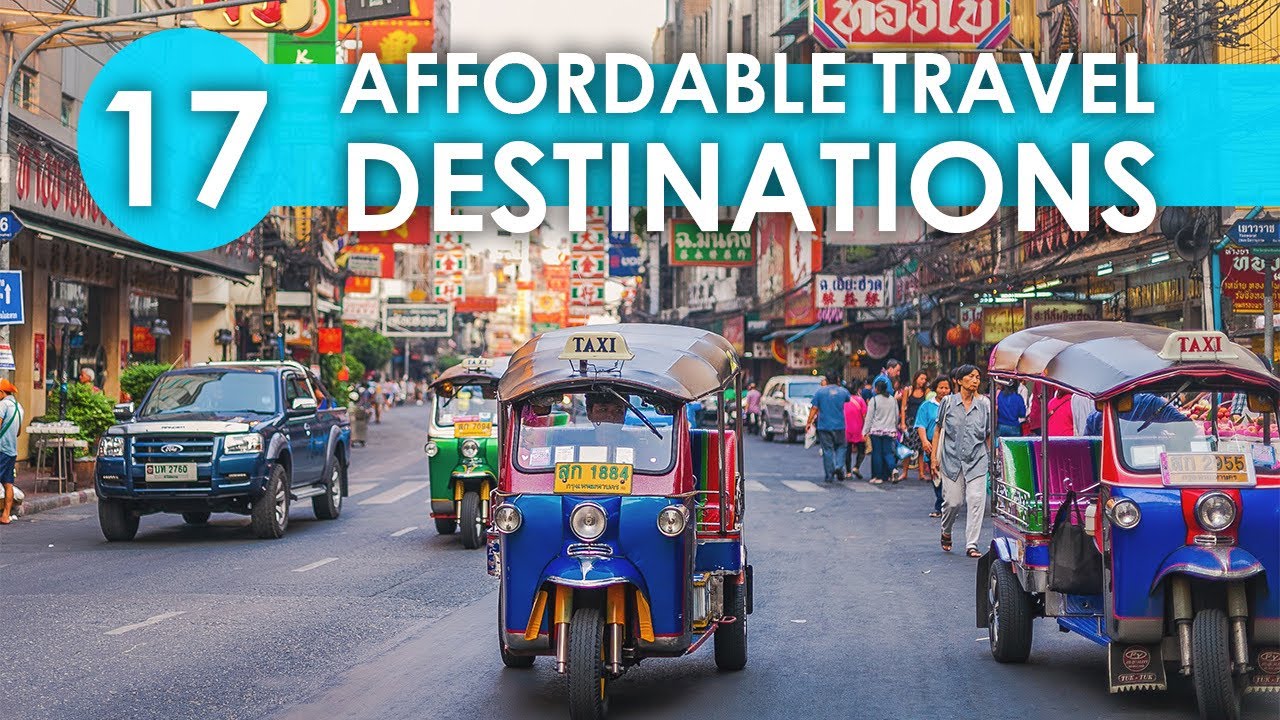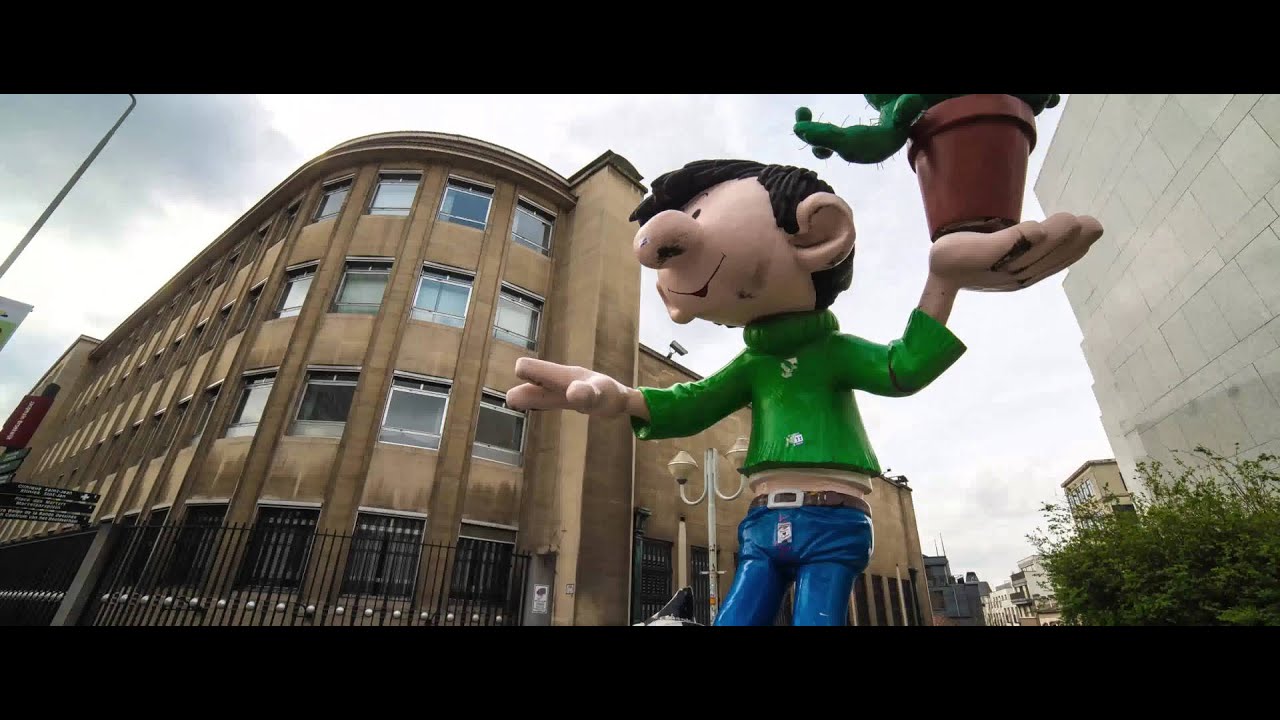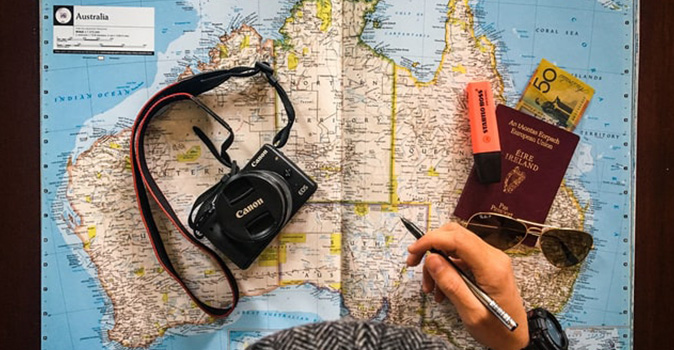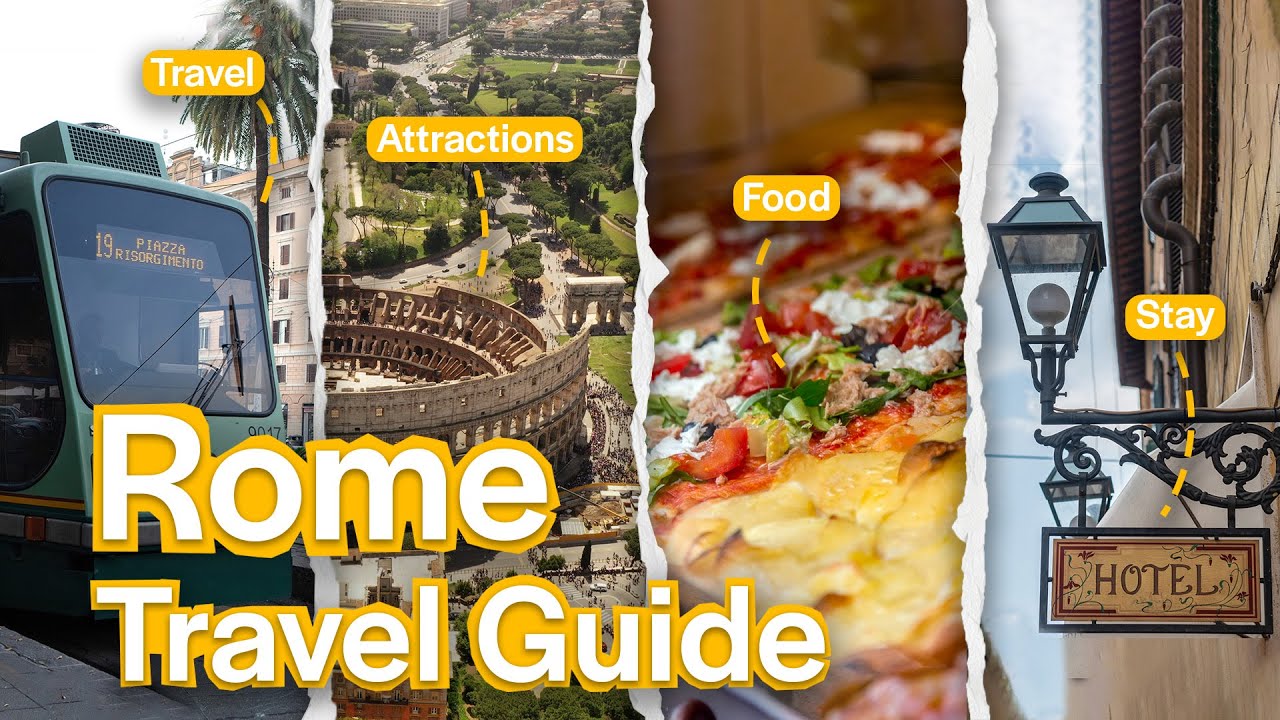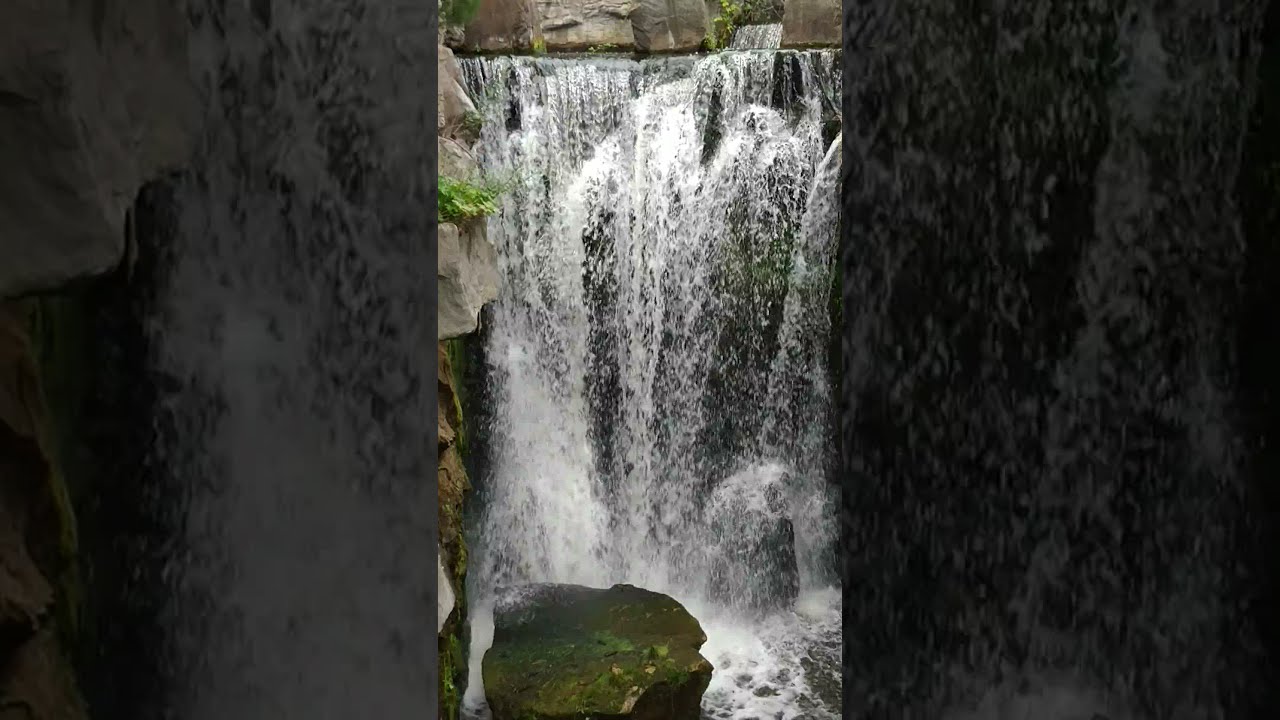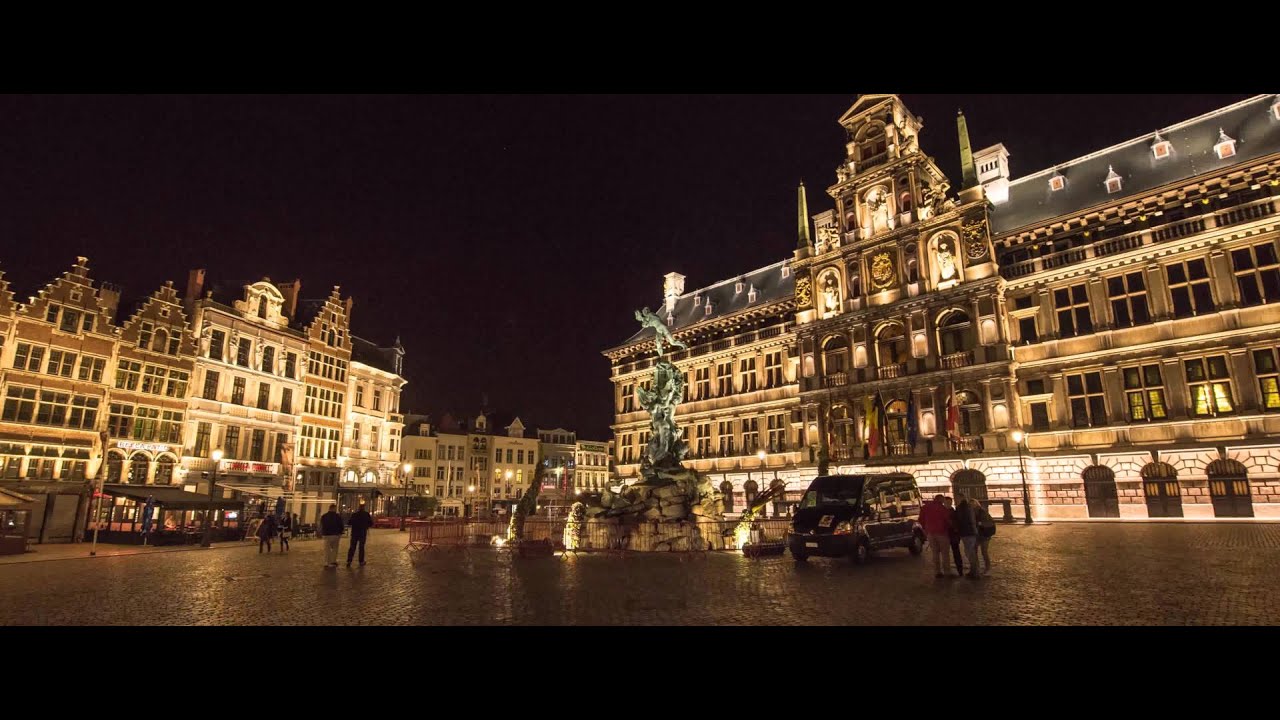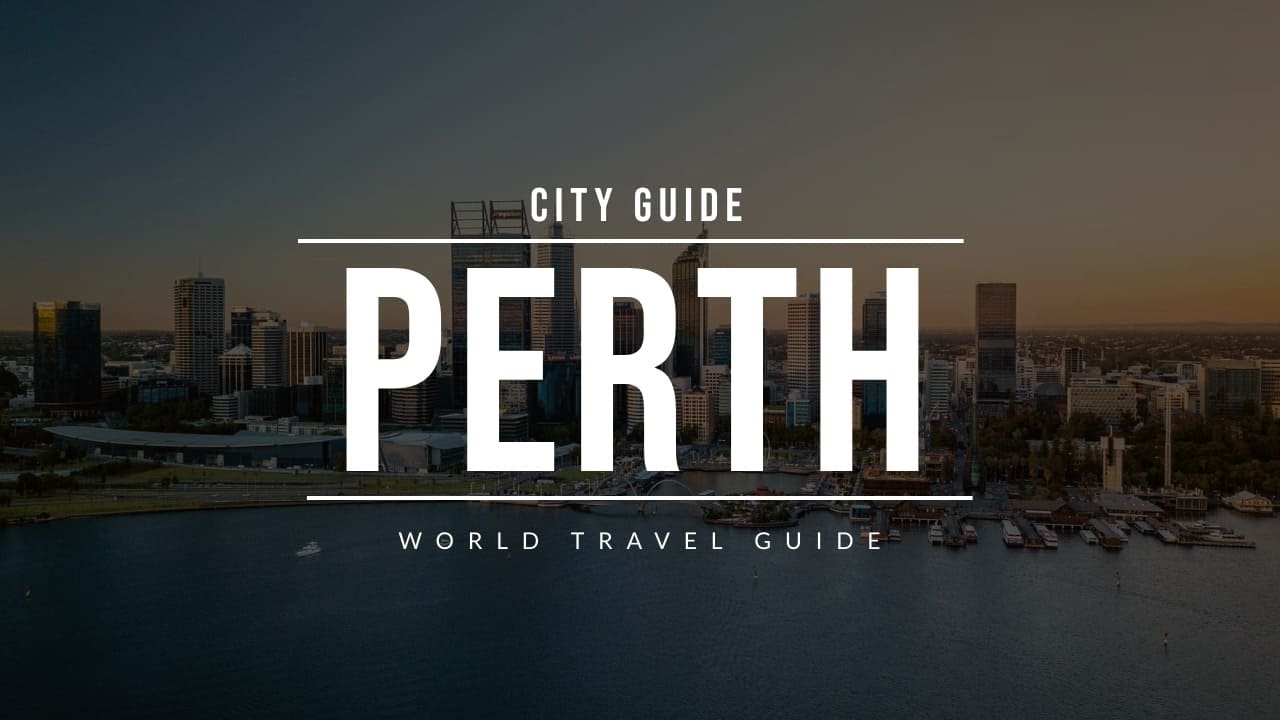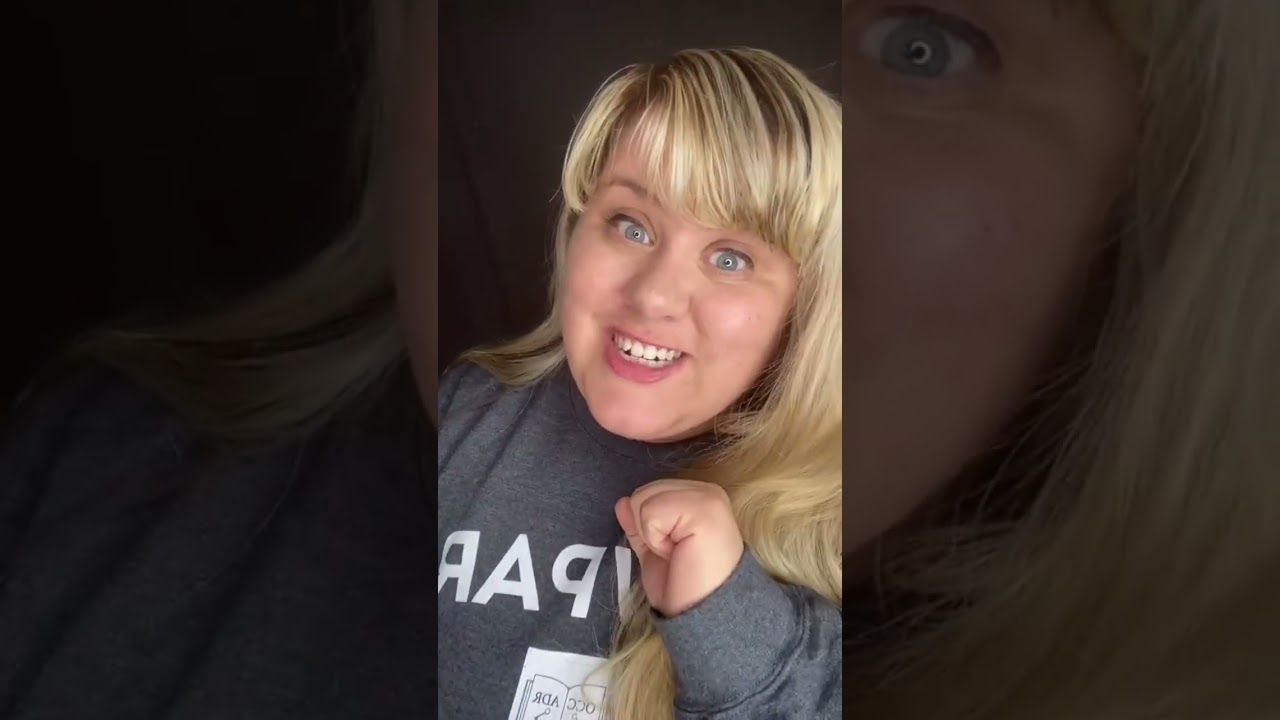Maui – Hawaii’s second-largest island is home to less than 150000 people, yet draws more than 2.4 million visitors per year.
Maui is an island in the Hawaiian archipelago in the Central Pacific. Within the vast Haleakala National Park are the volcano of the same name, the island’s highest peak, and the natural pools and waterfalls of Ohe’o Gulch, accessed via the Hana Highway, a winding scenic road.
There are about 30 miles of beaches on the island, including Kapalua, an expanse of golden, half-moon-shaped sand that is protected from strong currents by lava stone headlands.
The big tourist spots in Maui include the Hāna Highway, Haleakalā National Park, Iao Valley, and Lahaina.
The Hāna Highway runs along the east coast of Maui, curving around mountains and passing by black sand beaches and waterfalls. Haleakalā National Park is home to Haleakalā, a dormant volcano.
Snorkeling can be done at almost any beach along the Maui coast. Surfing and windsurfing are also popular in Maui.
The main tourist areas are West Maui (Kāʻanapali, Lahaina, Nāpili-Honokōwai, Kahana, Napili, Kapalua) and South Maui (Kīhei, Wailea–Mākena). The main port of call for cruise ships is located in Kahului.
There are also smaller ports located at Lahaina Harbor (located in Lahaina) and Maʻalaea Harbor (located between Lahaina and Kihei).
Lahaina is one of the main attractions on the island with an entire street of shops and restaurants that leads to a pier where many set out for a sunset cruise or whale-watching journey.
Known locally as Lahainatown, it has a long and diverse history from its Hawaiian population beginnings to the arrival of travelers and settlers and its use as a significant whaling port.

